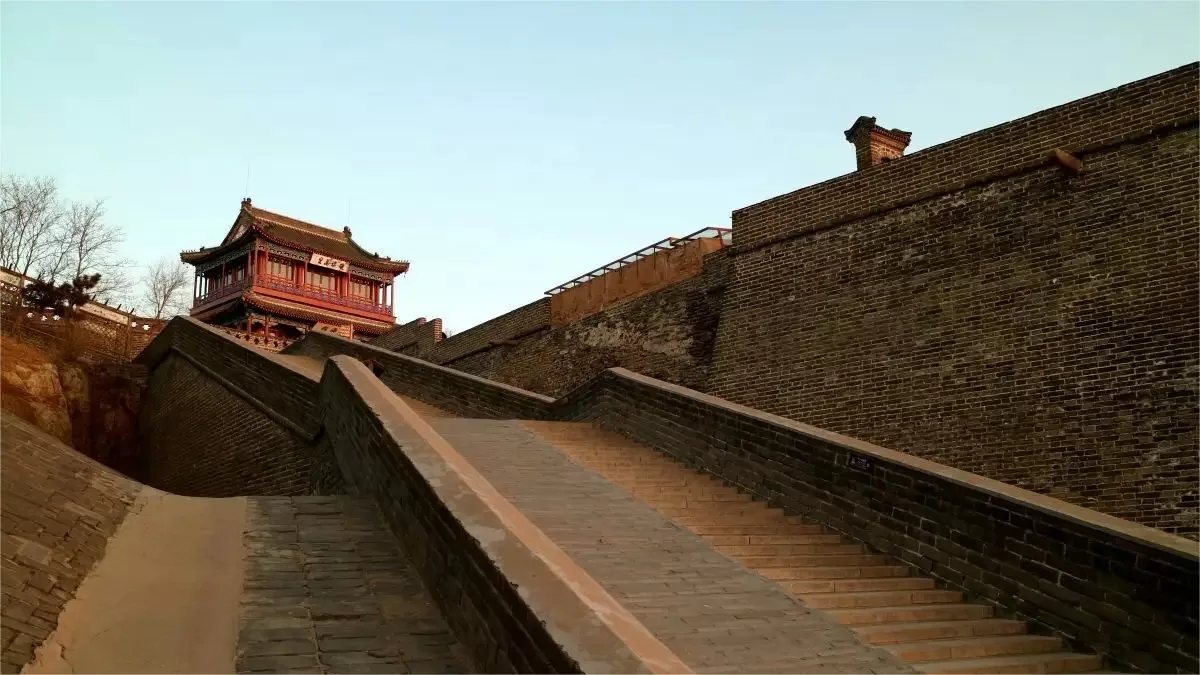The Shanhai Pass, also known as Shanhaiguan, is a historical and strategic pass located in the northeastern part of China, near the city of Qinhuangdao in Hebei Province. It holds significant historical and cultural importance as it was a critical point on the Great Wall of China, serving as the eastern gateway and the first pass at the eastern end of the Ming Dynasty Great Wall. The pass is situated at the point where the Great Wall meets the Bohai Sea, making it a crucial defense point in ancient times.
The architecture of Shanhai Pass is designed with the purpose of fortification and defense. It consists of several distinct elements, each serving a specific function in ensuring the pass’s security:
Walls: The pass is enclosed by massive walls made of stone, brick, and other materials. The walls are thick and high, with battlements and watchtowers along their length. These walls formed an essential part of the overall Great Wall, acting as a barrier to prevent invaders from advancing further into Chinese territory.
Gate Towers: At the main entrance of the pass, there are imposing gate towers with large wooden doors that could be securely closed during times of threat. These gate towers are heavily fortified and served as the primary entry point for travelers, traders, and troops passing through the Shanhai Pass.
Moat and Drawbridges: Surrounding the outer walls, there are defensive moats. The moats added an additional layer of protection against potential invaders. Drawbridges were used to span the moats, and they could be raised or lowered to control access to the pass.
Watchtowers: Positioned strategically along the walls, watchtowers provided an elevated vantage point for guards to keep a lookout for approaching enemies. The watchtowers were essential for early detection and communication of potential threats to the pass.
Beacon Towers: On nearby hilltops and along the Great Wall, there were beacon towers. These towers were used to transmit signals using smoke or fire, enabling rapid communication across long distances in case of attacks.
Fortifications and Military Installations: Inside the pass, there were military barracks, storage facilities for weapons and supplies, as well as various defensive installations to support the garrison stationed there.
Overall, the architecture of Shanhai Pass reflects the ingenious engineering and military prowess of ancient China. It played a crucial role in safeguarding the northern border of the Ming Dynasty and preserving the cultural heritage of the Great Wall of China. Today, Shanhai Pass remains a popular tourist destination, attracting visitors who want to explore the historical significance and marvel at the impressive architectural feat of the ancient Chinese civilization.
Other facts about Shanhai Pass:


